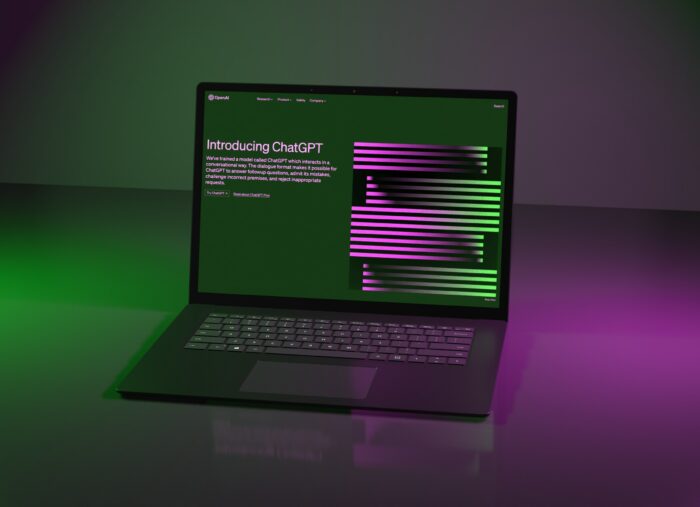Service
Lay the technological foundations for your success
Talsom supports you in the development and deployment of your IT strategy, ensuring that daily operations are perfectly aligned with your strategic objectives and vision.
How can we help?
Optimize your IT processes for greater efficiency
An operational model is essential for any business. That’s why Talsom helps you establish a high-performing model, allowing you to mitigate operational risks, eliminate process inefficiencies, and ensure better governance.
Develop your target IT operating model
From strategy to operationalization, our methodology encompasses and covers the entire life cycle and value chain of IT. This approach provides you with a framework that allows for quick adaptation to market and technology changes, innovation, and meeting the emerging needs of your IT infrastructure.
We emphasize on :
- Team: We enhance collaboration with coaching and training to maintain and enhance your team’s performance. We clearly define roles and responsibilities to ensure your efficiency and governance structure.
- Tools: We simplify your tools for better understanding and choose agile, scalable, and easy-to-integrate solutions, promoting smooth growth for your business.
- Processes: We opt for simple and standardized processes, supported by regular governance. We ensure that your production capacity consistently meets your needs.
- Data: We place particular importance on data, which is crucial to enable informed decision-making. It forms the foundation that propels your IT architecture toward operational excellence.
An approach based on a 360-degree vision
1.
Diagnostic and mapping
- Initial analysis and mapping
- Sharing conclusions with the Minimal Viable Plan (MVP)
- Identification of content, format, and participants for workshops
- Alignment of key stakeholders and exploration of evolution opportunities
- Careful preparation and conduct of workshops
- Thorough validation of conclusions with key business stakeholders
2.
Validation of the target design
- Confirmation of conclusions
- Development of guiding principles
- Detailed preparation and conduct of workshops
- Validation of directions with business stakeholders
- Creation of a detailed executive presentation
3.
Roadmap development
- Definition of future steps
- Alignment of goals with the target vision
- Planning for upcoming actions
- Communication and sharing of the roadmap with stakeholders
- Continuous monitoring of progress
- Adjustment of the roadmap based on evolving needs and reality
Ready to launch your project?



